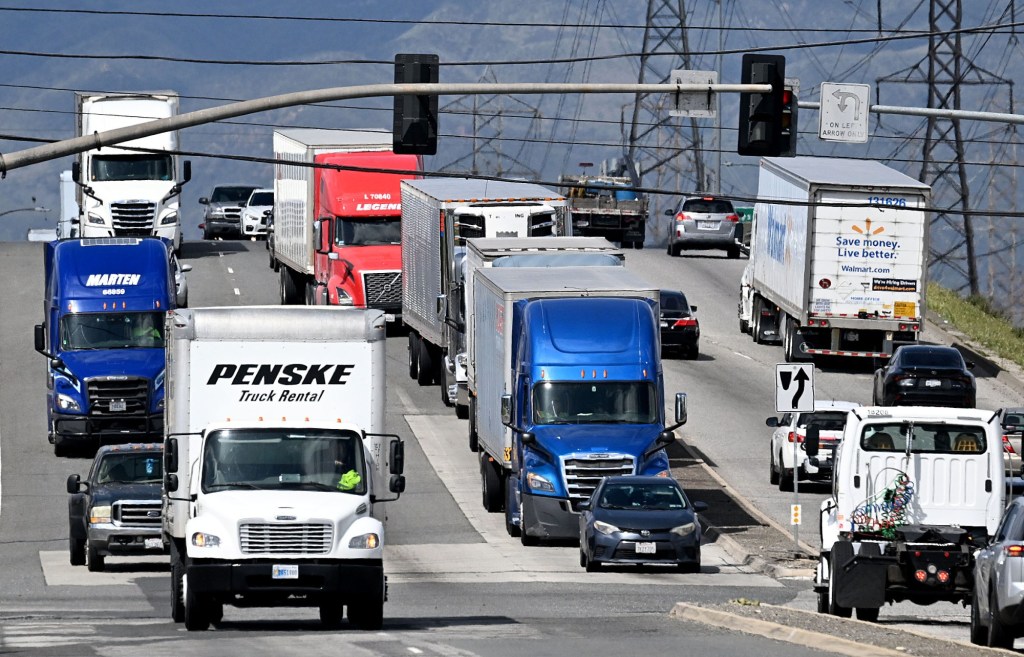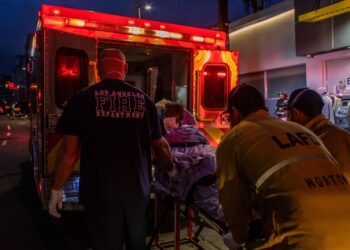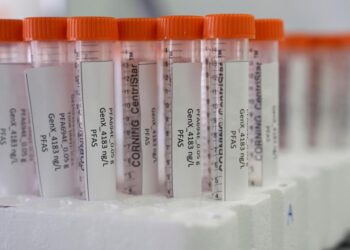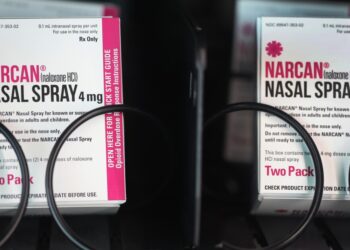New Environmental Protection Agency rules and deadlines for heavy-duty trucks and buses were announced Friday, March 29, and quickly drew mixed reviews in Southern Californian, where trucks stream around the clock from bustling ports to burgeoning waves of inland warehouses.
The EPA rolled out the new strict standards in what is an ongoing, unprecedented push to rid the environment of pollutants. Officials said the rules will help clean some of the nation’s largest sources of greenhouse gases.
Under the new EPA rule, 30% of “very” heavy-duty trucks need to be zero emission by 2032. Forty percent of short-haul trucks will need to transition by that time.
“Unprecedented capital investments” will be needed, said Allen Schaeffer, executive director of the Engine Technology Forum in a written statement released commenting on the new rule.
“It requires truck makers to convert an increasing percentage of total vehicle sales each year to zero emission vehicles,” he said.
In a statement released by the EPA, this final national greenhouse gas pollution document for heavy-duty vehicles, including freight trucks and buses for model years 2027-32, will “avoid 1 billion tons of greenhouse gas emissions.”
It also will provide $13 billion, the statement said, in net benefits in the form of fewer hospital visits, lost work days and deaths the EPA said.
The new standards, the agency added, also will benefit an estimated 72 million people in the United States who live near freight routes used by trucks and and other heavy vehicles and bear a disproportionate burden of dangerous air pollution.
Residents in the communities surrounding the Ports of Los Angeles and Long Beach — including San Pedro, Wilmington, Harbor City, and Long Beach — have long complained about rising air quality and health issues related to emissions from trucks, ships and trains moving cargo to and from that gateway.
The EPA’s announcement included several statements from public…
Read the full article here







